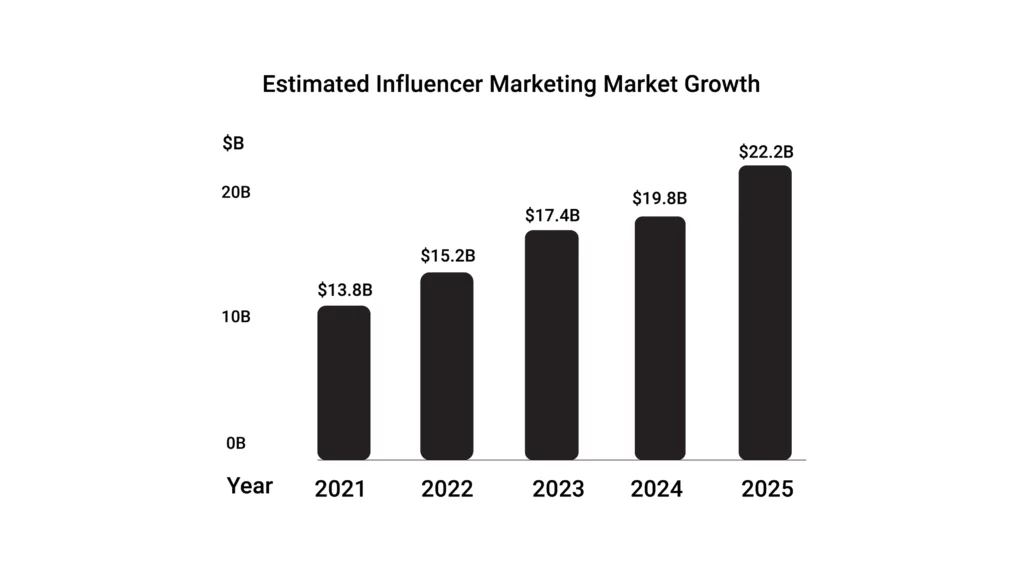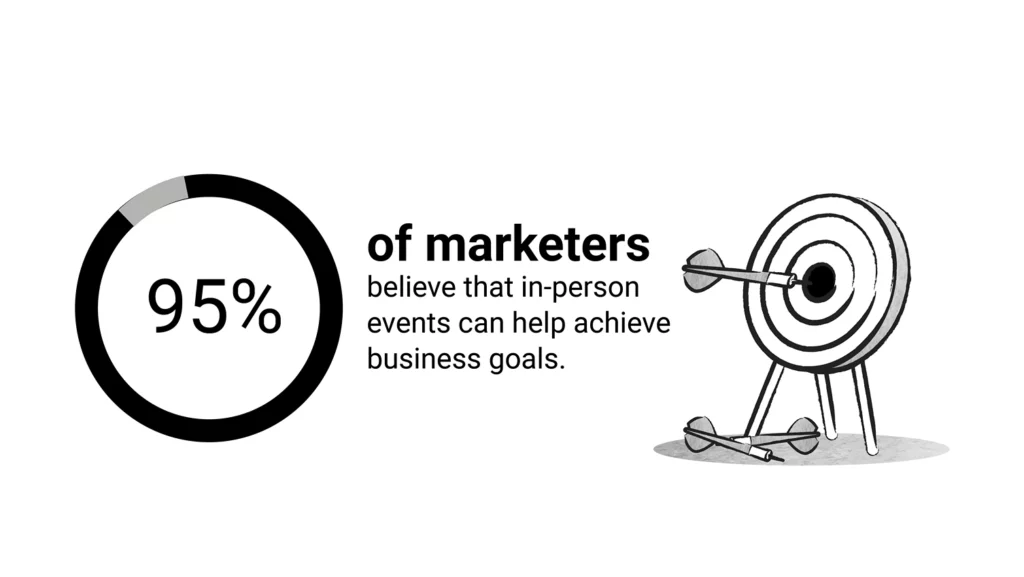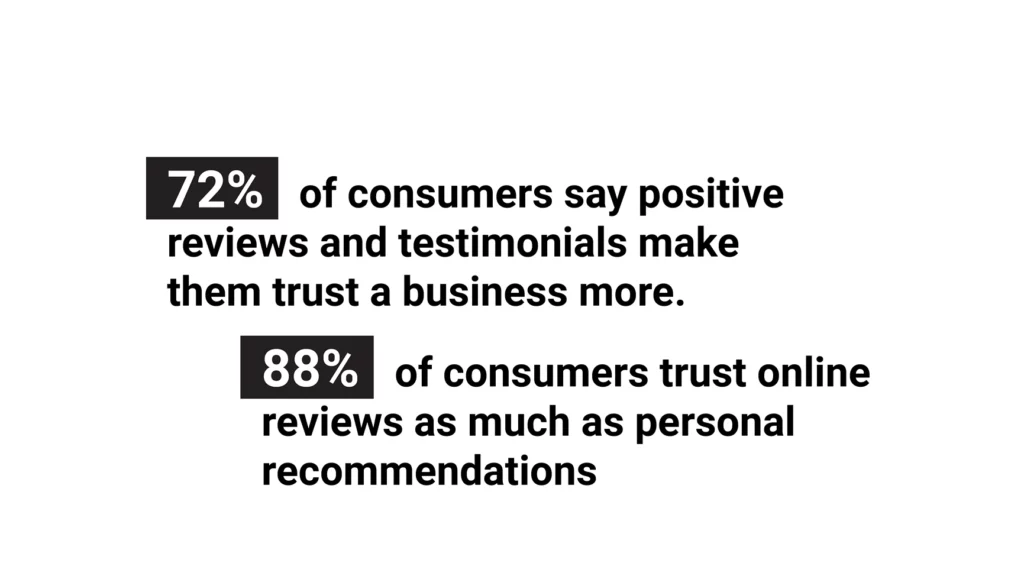When you hear about growth marketing, it’s easy to think all marketing is the same and there is no specialty in growth marketing.
However, growth marketing is one of the most effective marketing strategies for business-to-business SaaS brands. It’s not just about keeping customers – it’s about growing your business.
You must understand growth marketing and its proper strategies to market your business effectively. Going to a growth marketing company can also provide a strategic approach to your marketing.
In this blog, we will discuss growth marketing and growth marketing strategies.
Understanding Growth Marketing
A growth marketing strategy focuses on sustainable growth for businesses. The process involves data, experimentation, and creativity to find the best ways to acquire and retain customers.

Traditional marketing typically relies on broad strategies, such as TV commercials or print ads, to reach a broad audience. On the other hand, growth marketing prioritizes innovative marketing techniques. They target and measure tactics that can be constantly tested and optimized for maximum impact.
How do growth marketing strategies benefit you?
- This can help you outsmart your competitors instead of outspending them.
- New and innovative solutions come from growth hacking.
- You get a lot of data from growth hacking. You can learn a lot about your potential customers from this data.
Check this blog if you are searching for growth marketing agencies for your strategic growth in marketing.
Top Growth Marketing Strategies For B2B SaaS Companies
1. Content Marketing

- 60% of top-performing B2B brands have a documented content marketing strategy.
- 80% of them have an editorial calendar where they plan content publishing.
- 94% use metrics to track content performance
Content marketing is for sustainable growth and for creating consistent content to attract and keep your audience. This can help B2B SaaS brands show off their expertise and provide value to potential customers. They use blogs, whitepapers, webinars, and other educational materials.
Consistently producing quality content helps businesses build trust with their audience. You’ll get more conversions and keep your customers.
Extra Tip: Use affordable SEO tools like SuiteJar to discover keywords in your niche and create quality content.
2. SEO Optimization

This graph shows how organic search has a higher ROI than other digital marketing channels.
You know 75% of people don’t scroll past the first page of search results? Optimizing wisely is up to you; you could be their first choice.
Search Engine Optimization (SEO) involves optimizing a website to rank higher in search engines. B2B SaaS brands can leverage SEO strategies to increase visibility and attract qualified leads.
This includes conducting keyword research, creating content around those keywords, and optimizing on-page elements such as title tags, meta descriptions, and headers.
Also, you can receive professional SEO services from a reputable digital marketing agency.
3. Social Media Marketing

Businesses can get more conversions by sharing relevant content and engaging with potential customers. You can set up campaigns for Instagram and Facebook because people spend too much time on these platforms.
Reaching a B2B SaaS target audience is easy with LinkedIn and Twitter. So, it’s easy to catch their attention by investing in social media growth marketing.
Having a clear social media strategy and understanding which platforms work best for your brand helps you to get your audience. LinkedIn is your goldmine if you’re looking for B2B connections, while Twitter can help you engage with people in real-time.
4. Email Marketing

Email usage reach a very high level in 2023, and in the coming years, it is expected to increase, making it the most innovative marketing technique for growth.
There’s a 4200% return on investment with innovative email marketing techniques. Get those numbers up by personalizing your emails and segmenting your lists.
For B2B SaaS brands, email marketing is a great way to communicate directly with customers. By segmenting their email lists and personalizing their messages, brands can deliver targeted content that nurtures leads and drives conversions.
Check out this blog for more on increasing ROI with email marketing for your business.
5. Influencer Marketing

One of the most popular strategic growth in marketing is influencer marketing, which allows you to gain a great deal of influence within your target market.
Influencer marketing involves partnering with people or organizations who greatly influence the brand’s target audience. They can be industry experts, SaaS influencers, or happy customers who advocate for the brand.
B2B SaaS brands can reach new audiences and build credibility and trust through collaboration with influencers.
Influencer marketing includes:
- Product seeding
- Product Collaboration
- Guest blog posts
- Themed campaigns
- Shoutout content
- Product and content collaborations
Influencers are categorized into:
- Mega influencers
- Macro influencers
- Micro-influencers
- Nano influencers
6. Webinars and Online Events

95% of marketers say events and webinars are effective ways to generate quality leads for brands.
A webinar or online event is excellent for showing off your expertise and educating potential customers. A virtual event also allows businesses to reach out to attendees and generate leads.
Promoting webinars and events through various channels, such as social media, email marketing, and influencer partnerships, is imperative. You’ll be able to reach more people this way.
7. Partnerships and Collaborations
B2B SaaS brands can benefit from collaborating with companies with similar target audiences. Partnering with complementary companies gives brands access to each other’s customer base.
Partnerships and collaborations can also lead to bundled solutions or cross-promotions that increase conversions.
Benefits of Partnerships and Collaborations in B2B SaaS Growth Marketing
- Expanded Audience:
Access new customers through shared audiences and cross-promotion.
- Enhanced Credibility:
Gain trust and validation by associating with reputable partners.
- Knowledge and Resources:
Synergize skills and pool resources for more efficient strategies.
- Innovative Marketing:
Foster creativity and capture attention with joint ventures and campaigns.
- Cost-Efficiency:
Share costs, making impactful marketing more affordable for both parties.
- Market Expansion:
Access new regions and industries, expanding market presence.
8. Free Trials and Demos

Offering a free trial/demo is an effective way for B2B SaaS brands to showcase the value of their product and entice potential customers to purchase. This allows businesses to test the product before committing, increasing conversion likelihood.
These are divided into three categories: demo, free trial, and freemium
- Demo: Demonstrating software features to a buyer to acquaint them with its workflow and benefits.
- Free Trial: Providing free access to all or a limited set of software platform features for a certain period.
- Freemium: Providing free lifetime access to a limited set of software platform features and the option to pay for premium features, if desired.
Brands can also use this opportunity to collect valuable user feedback and data to inform future marketing.
9. Customer Reviews and Testimonials

- 72% of consumers say positive reviews and testimonials make them trust a business more.
- 88% of consumers trust online reviews as much as personal recommendations.
Positive reviews and testimonials can significantly enhance a B2B SaaS brand’s reputation and credibility. Having social proof elements can help sway potential customers.
Brands can leverage customer reviews and testimonials by featuring them on their website, social media, and other marketing materials. Businesses can utilize targeted email campaigns or incentives to encourage their targeted customers to leave reviews or provide testimonials.
Impact Of Reviews And Testimonials
- Trust Building:
Positive reviews contribute to trust among potential customers.
- Credibility:
When customers take the time to share their positive experiences, it adds credibility to your brand.
10. Retargeting Ads

Retargeting ads are a powerful strategic growth in marketing for B2B SaaS brands to reach potential customers who have shown interest in their product but have yet to convert By tracking website visitors and displaying targeted ads on other websites or social media platforms, brands can stay top of mind. This will remind potential customers to complete their purchase.
- Setting Clear Goals:
Defining specific and measurable goals is the cornerstone of any successful retargeting campaign.
- Conversion Targets:
Identify the actions you want. Like making a purchase, you are filling out a form or engaging with specific content.
- Timeline:
Establish a realistic timeline for retargeting goals. Short-term and long-term objectives will guide your campaign.
- Choosing the Right Platforms:
Selecting the most effective platforms for your retargeting efforts requires understanding your target audience’s online behavior.
- Crafting Compelling Ads:
Captivating ad creatives is the heart of any retargeting campaign. Engage your audience with visually appealing and persuasive content.
11. Account-Based Marketing (ABM) for B2B SaaS

Account-Based Marketing (ABM) strategy for B2B SaaS is a targeted approach that treats individual accounts as markets in their own right. It helps in tailoring marketing efforts to align closely with the specific needs and business context of high-value clients. This strategy not only maximizes marketing efficiency but also enhances the tasks between marketing and sales teams. It helps lead to higher conversion rates and a more predictable sales pipeline.
ABM is particularly effective in the B2B SaaS sector, where long sales cycles and high customer value demand a nuanced and sustained engagement strategy. ABM helps develop stronger relationships and drive marked business growth within targeted accounts.
Steps to Implement ABM:
- Identify Target Accounts: identify your current customer base to identify high-value targets with the most revenue potential. Firmographic and technographic data are used to segment these accounts based on industry, company size, and technology use.
- Develop Personalized Marketing Campaigns: Craft personalized marketing messages and content that address each account’s needs. This might involve customized emails, tailored web content, bespoke events, and targeted ads.
- Align Sales and Marketing Teams: You can align your sales and marketing teams to the ABM strategy with shared goals and clear communication channels. This alignment is crucial for effectively engaging target accounts at various points in the sales funnel.
- Measure and Optimize: Use advanced analytics to track the effectiveness of your ABM efforts. Monitor engagement metrics and ROI, and continuously refine your approach based on this data.
12. AI-Driven Personalization in B2B SaaS
AI-driven personalization in B2B SaaS is changing how companies interact with their customers. Businesses can now deliver highly customized experiences that adapt to the needs and behaviors of each user. AI tools tailor product offerings, content, and interactions to match the unique profile of each customer. This drives efficiency, reducing churn and fostering loyalty by making every customer interaction feel uniquely understood and valued.
Steps to Implement AI Personalization:
- Data Collection: Collect as much data as possible from your interactions with customers across all touchpoints. This includes data from CRM systems, website interactions, and social media engagements.
- Implement AI Tools: Deploy AI technologies that can analyze this data to uncover insights about customer preferences and behavior patterns.
- Personalize Interactions: Use these insights to personalize all customer interactions, from emails and content recommendations to product offerings and support services.
- Continuous Learning: Allow your AI systems to continuously learn from new data, thereby improving their accuracy and the relevance of the personalization over time.
13. Video Marketing for B2B SaaS
Video marketing has become a famous strategy for B2B SaaS companies in 2024. This strategy helps connect with the audience in an impactful way. Video content offers a vivid, approachable medium to demonstrate product features, explain intricate concepts, and share customer success stories. This visual and auditory engagement helps demystify SaaS offerings, making them more real and understandable to potential clients who may not have technical expertise.

Videos can also enhance online presence and SEO, ensuring that content not only reaches a broader audience but also engages them more deeply. From explainer videos to testimonials, video marketing in B2B SaaS bridges the gap between technical solutions and business needs. You can create compelling narratives that drive both interest and conversion.
Steps to Implement Video Marketing:
- Content Strategy: You have to develop a video content strategy that addresses different stages of the buyer’s journey. Create educational videos, product demos, customer testimonials, and thought leadership pieces that align with your target audience.
- Production Quality: Invest in high-quality video production. This includes professional filming, good lighting, clear audio, and engaging visuals that reflect your brand’s standards.
- Distribution: Use multiple channels for video distribution. These include your company’s website, social media platforms, email newsletters, and B2B platforms like LinkedIn.
- Analytics: You can analyze your video content using analytics tools to track views, engagement rates, and conversion metrics.
Growth Marketing Strategy for Your Business
B2B SaaS brands use game-changing growth marketing strategies. Instead of focusing on just one step of the funnel, growth marketing optimizes every stage – acquisition, activation, retention, revenue, and referrals.
SaaS companies can benefit from this holistic approach by attracting more prospects and increasing customer lifetime value.
growth.cx stands out among the numerous growth marketing agencies in the industry. They specialize in providing top-notch growth marketing techniques tailored to each client’s unique needs, ensuring a significant increase in customer engagement, user acquisition, and revenue.
growth.cx action plan with a growth-focused strategy.
- Daily communication
- Achieve KPIs
- Get on your growth path in three months
- Proven results & frameworks
- 10+ years experience
Utilize proven growth marketing strategies with growth.cx to get your product in front of the right audience.
Suggested Read: Full-service SaaS marketing agency
Conclusion
These growth marketing strategies are a foundation for B2B SaaS brands to ensure long-term success.
Each strategy, from content marketing to retargeting ads, is crucial for acquiring, engaging, and retaining customers. To maximize impact, consider leveraging these marketing strategies or hiring a growth marketing agency to streamline the multifaceted process.
FAQs
What are the four categories of growth strategies in marketing?
The four categories are market penetration, market development, product development, and diversification.
What types of marketing strategies are associated with sales growth?
Strategies for promoting a business or product include content marketing, SMM, email marketing, influencer marketing, and sales promotions.
What is the difference between a growth agency and a marketing agency?
A growth agency focuses on expanding businesses through marketing, product development, and data analysis, while a marketing agency concentrates primarily on promotional activities such as advertising and branding.

